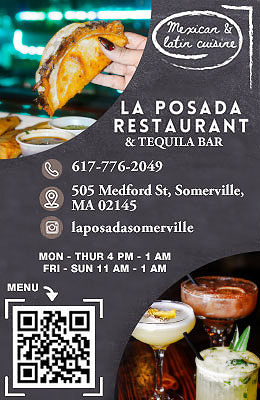The world has been marking the 60th anniversary of the liberation of Auschwitz, the production line of torture and death that the Nazis set up in southeastern Poland during World War II.
I visited Auschwitz once, 20 years ago, but Auschwitz visits me often. The scale of the barbarity, the consummate cruelty and the killing at this the largest of the death camps is such that you cannot fit it all into your head at one time.
Everything about Auschwitz is upsetting even before you get to the piles of human hair, the little children’s shoes, the teeth and the pathetic rags. It does not look like a factory of death. It has the air of a campus; with so many attractive huts, neatly spaced, you could be forgiven for thinking it was designed as a holiday camp. Even the mocking sign over the main gate, “Work Makes One Free,” is artfully executed.
In fact, it was a barracks before it was designed as a site for mass murder on a scale, in one place, that the world has never seen.
Some 1.5 million people died at Auschwitz and 7,000 were rescued 60 years ago. An old newspaper friend of mine told me not to go there: it would mess with my head. It has messed with my head, but I am glad I went.
As you walk through Auschwitz, your mind begins to play tricks on you. You wonder whether it was a million people and not 1.5 million. Then you wonder what you were thinking, as though a million deaths were nothing.
Of the panoply of horrors in this fantasy-land of killing, some are most affected by the relics, some by the shower heads—so fiendishly realistic but without plumbing. Yet others will shiver at the building, known as Canada, where gold teeth ripped from cadavers and other looted valuables were stored prior to shipment to Berlin. Some will retch for the first time outside Building #10, where Dr. Josef Mengele turned the healing arts into killing arts.
But for me, three things stood out: First, the gallows that dot the place where Jews, Gypsies, Poles, Russians, homosexuals, socialists, and other deemed enemies of the Third Reich were hanged at the caprice of the guards to maintain discipline and to save ammunition.
Second, the Gestapo wall, also known as the Black Wall, where very young policemen stripped prisoners naked and shot them in the back of the head with pistols, the bullets lodging in 6 inches of cork padding on the wall, thoughtfully provided for the purpose. This was a little bit of a freelance operation where crazed 16- and 17-year-olds killed people they had picked up in their forays outside the camp. There is a photograph there of a naked man being carried by two kids out to the wall to be executed.
Third, the precise engineering of the ovens overwhelmed me. In particular, I was struck by the little dollies designed in great detail to carry the victims to the ovens after they died from the poison gas in the showers. On those dollies, gold teeth were extracted and womens’ and children’s hair was cut off.
I am interested in engineering, and I wondered what engineers and architects in faraway Germany labored over the blueprints, completed the mechanical drawings, specified the materials, and possibly drew bonuses for work well done.
Auschwitz went into full operation in 1942—three years after I was born, which added to my anguish. This was not some slaughter in the ancient world, nor a medieval horror. It was something that happened in the early years of my life. Realizing these things shattered me: the engineering, the science, the time frame, and the unbridled bestiality.
An individual cannot calculate the suffering because it is incalculable. But an individual can ponder how a society went off the rails so extremely and in so short a space of time; how a nation bought into an ideology of the most naked racism the world has ever seen.
Of course one hopes that Auschwitz was a lesson for the world. But it does not seem to have been well learned: recently, we have had Darfur.
Chroniclers of the Holocaust like to invoke the refrain of Rudyard Kipling’s poem “Recessional”: “Lest we forget—lest we forget!”
In the final profanity, Auschwitz is being exploited by tour operators selling it as a horror show. That it is.
Copyright 1997- January 2, 2000 King Publishing Group, King Communications Group, Inc., All rights reserved.
It is unlawful to reproduce, frame or deep link any part of this website or other King publications
without written permission from the publisher.















Reader Comments